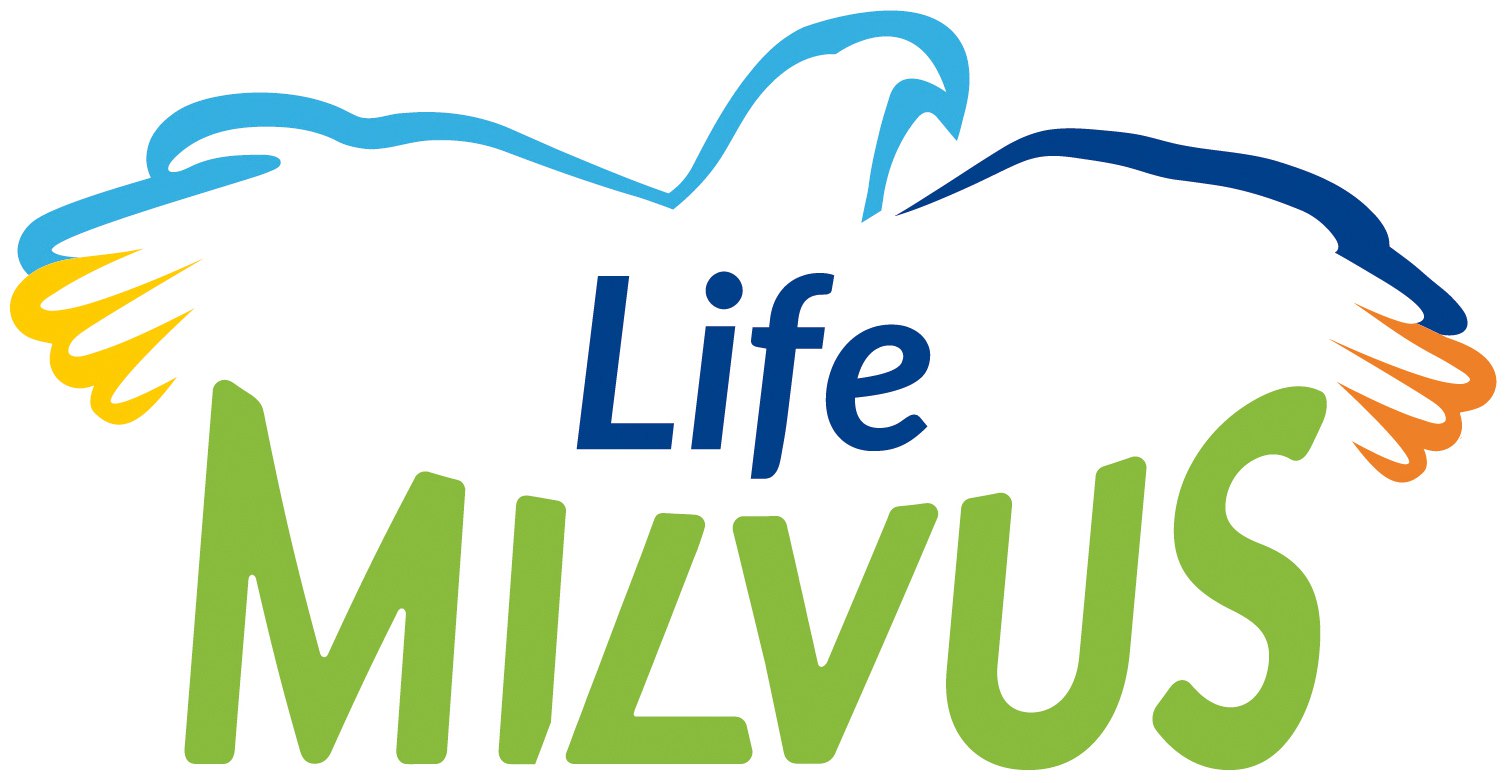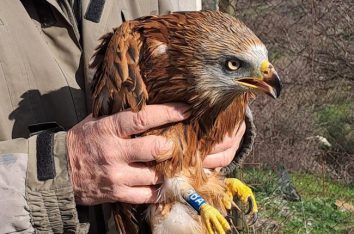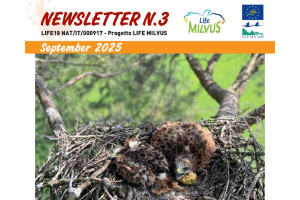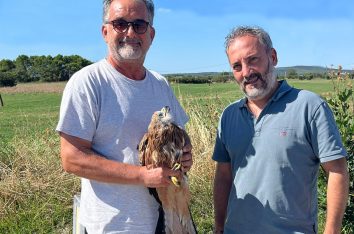As is normal for young kites during their first years of life, the specimens released in the Aspromonte National Park in July 2023 are also making erratic movements that lead them to explore vast areas of southern Italy and beyond.
Four youngsters (Charlie, Sergio, Flo and Dora) have shown themselves more attached to the release site, while four are true globetrotters (Andrea, Balù, Heidi and Julia).
Charlie remained near the release area until spring 2024, when he moved northwards and reached the Crotone area on the Ionian side of Calabria. From release to the end of May 2024, he travelled a total of 4,028 km.
Sergio, too, remained in southern Calabria until spring 2024 and then went up the Peninsula, across Basilicata and into Puglia, Campania and Abruzzo. Then, heading back south, he settled in Basilicata, in the province of Matera. So far, he has travelled 5,583 km. Flo spent the winter between southern Calabria and Sicily (making two round trips). In spring, she reached Basilicata, travelled as far as Apulia, Molise and Abruzzo and then returned to Basilicata and stopped in the province of Matera. He travelled a total of 7,246 km.
Dora had remained near the release area throughout the winter but, unfortunately, died on 10 March 2024 drowned in an irrigation reservoir with vertical concrete walls. These structures, if not equipped with some simple device (such as a wooden or iron chute), are death traps for the birds and mammals that go there to drink. Dora had travelled 1,765 km since her release.
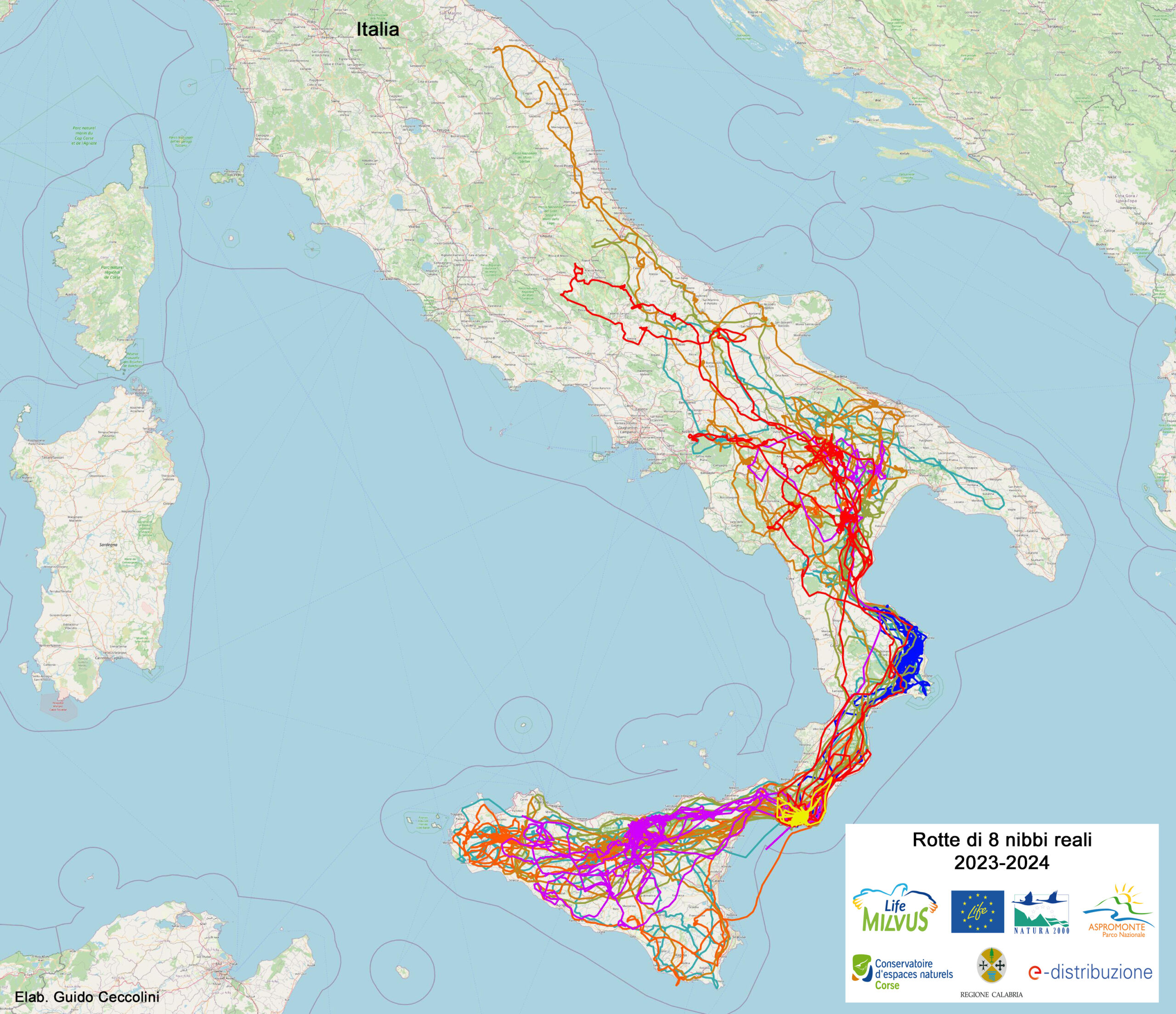
The movements of the red kites released in July 2023.
Andrea, Balù, Heidi and Julia all spent the winter period in Sicily and flew up the Peninsula in the spring.
Andrea has carried out exploratory flights in Basilicata, Apulia, Molise and Campania and has been located in Basilicata, in the province of Matera, since May 2024. Since his release, he has covered a total of 9,814 km. Balù stopped immediately in Basilicata, in the province of Matera. It has travelled a total of 7,099 km.
Heidi passed through Basilicata, Apulia, Campania, Molise and Abruzzo and continued on to the Marches (province of Pesaro and Urbino). Then she quickly headed back south and stopped in the Gargano National Park in Apulia. Since its release, it has covered a total of 7,917 km.
Julia went as far as Apulia but then moved to southern Basilicata. Here, in the Parco della Murgia Materana, Julia also frequented the raptor feeding station that was used as part of the LIFE Egyptian vulture project and that the CERM Association now runs mainly to support the Egyptian vulture and red kite species. Julia travelled a total of 5,638 km.
Ten months after release, the survival rate is very high at 87.5%.
